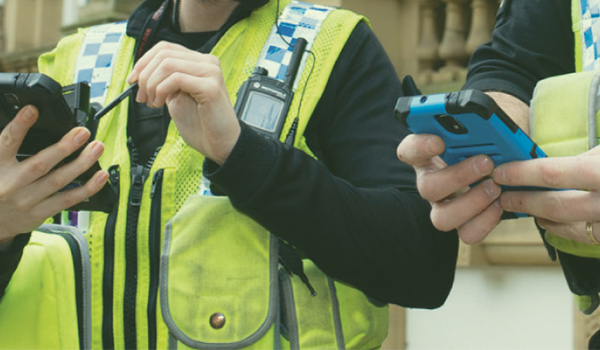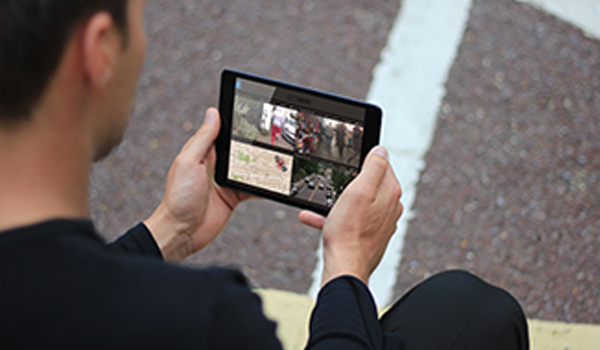Research puts police gun detectors a step closer
Scientists in Manchester have developed a prototype scanner designed to help police identify criminals carrying guns and knives without putting themselves in the line of attack.

Scientists in Manchester have developed a prototype scanner designed to help police identify criminals carrying guns and knives without putting themselves in the line of attack.
The new technology uses electro magnetic waves in order to pick up reflections from concealed guns, gun barrels or knives without the need to be close to the subject.
It also uses neural network technology as used in automatic number plate recognition (ANPR) systems to identify the weapon and ignore everyday items carried by the subject.
Professor Nick Bowring, of Manchester Metropolitan Universitys (MMU) department of engineering and technology, and lead investigator on the project, said: This is a world first and a success for British science. This device means UK police will be able to lead the way in accurate mobile gun and knife detection without putting themselves in the line of attack.
The new device is non-intrusive no image of the subjects body is produced.
The research, funded by the Engineering and Physical Sciences Research Council (EPSRC), is sponsored and supported by the Metropolitan Police Service (MPS) and the Home Office Scientific Development Branch.
Stuart Ibbotson, MPS head of engineering, said: We are still at early stages and a way off deploying operational capability yet, but so far results are very encouraging.
This kind of device would be of great service to officers, helping them to catch people carrying guns and knives without putting themselves in increased danger. It could also help to target stop and search to further increase its effectiveness.
Tests are currently being carried out by the MPS operational technology department to see how the scanner could work in practice.
If successful, the finished product could be available to police forces within two years.
Catherine Coates, EPSRC head of innovation, said: This represents a great return on public research investment. This device could save lives and free up valuable policing time currently taken up with gun and knife detection.
The project also involved researchers from Manchester University, Newcastle University and Queen Mary University of London.




